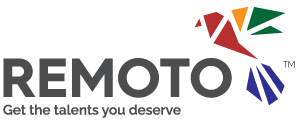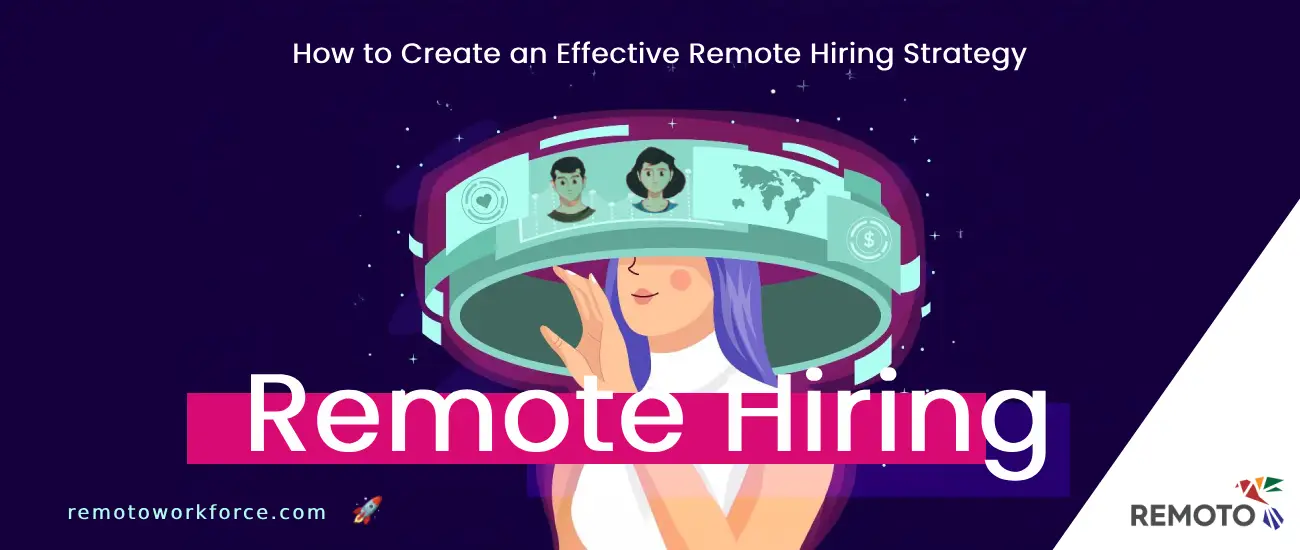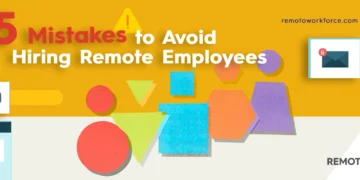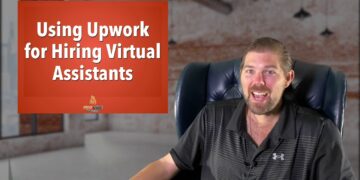The workplace has evolved rapidly over the past decade, and 2025 is no different. Companies that once thought remote work was a short-term solution are now using it as a main way to attract and retain top talent.
However, hiring remotely isn’t as simple as posting a job listing and waiting for applications to pour in. Without a solid remote hiring strategy, businesses risk high turnover, mismatched talent, and wasted resources.
The key to success lies in a well-structured and thoughtful hiring approach. This guide will walk you through the essential steps to create an effective remote hiring strategy in 2025, ensuring you attract the best talent while maintaining efficiency.
Step 1: Define Your Ideal Remote Candidate
Before you even think about job postings, you need clarity on what makes an ideal remote employee. Remote work requires a unique set of skills, beyond just technical expertise.
Successful remote employees thrive on autonomy, clear communication, and problem-solving abilities. Unlike in-office settings, where managers can step in at any moment, remote workers must be proactive and self-motivated.
Soft skills like adaptability and time management are just as crucial as hard skills. When choosing your best candidate, list both technical needs and personal qualities that match the remote work culture.
Another key consideration is time zones. While hiring globally expands your talent pool, overlapping work hours can become a challenge. Determine whether your team needs synchronous collaboration or if an asynchronous workflow is possible. Defining these parameters upfront prevents misalignment later in the hiring process.
Step 2: Craft a Transparent and Compelling Job Posting
In 2025, job seekers have more options than ever. A vague or uninspiring job description won’t cut it. Your job posting should be clear, engaging, and detailed about what the role entails, how success is measured, and what your company offers in return.
Be upfront about expectations. If the role requires availability during certain hours, state it clearly. If your company values work-life balance and flexible schedules, highlight that. Candidates appreciate transparency, and it helps filter out those who might not be the right fit.
Beyond listing job responsibilities and qualifications, showcase your company’s remote culture. Do you offer stipends for home office setups? Team retreats? Growth opportunities? These details can set you apart in a competitive job market.
Step 3: Streamline the Application Process
A complicated or outdated application process can discourage high-quality candidates. Remote professionals, especially those with in-demand skills, won’t waste time on unnecessary hurdles.
Keep applications concise. If a resume and portfolio provide enough insight, avoid lengthy questionnaires or redundant forms. Additionally, consider skills-based assessments instead of traditional cover letters. Many companies now opt for short video introductions or asynchronous tasks to gauge a candidate’s ability in a real-world context.
Automation can also enhance efficiency. Use applicant tracking systems (ATS) to filter applications and send automated updates to candidates. Clear communication at every step—whether through personalized rejection emails or follow-ups—improves the candidate’s experience and leaves a positive impression.
Step 4: Optimize the Remote Interview Process
Traditional interviews don’t always reveal how well someone performs in a remote setting. A structured approach helps ensure you’re evaluating candidates effectively.
Start with an initial screening call to assess basic qualifications and cultural fit. Then, move on to role-specific interviews that include practical exercises or simulations. For example, a software engineer might complete a live coding challenge, while a content strategist could be asked to draft a blog post within a set timeframe.
Video interviews should also be optimized for remote hiring. Ensure candidates have clear instructions on the platform used (Zoom, Google Meet, or specialized hiring tools). Since internet connections are different, think about offering recorded video answers for some interview stages. This will let candidates in different time zones choose to interview.
Step 5: Prioritize Culture Fit and Onboarding
Hiring remote employees isn’t just about skills—it’s about cultural alignment. A candidate may be highly qualified, but if they don’t resonate with your company’s values or communication style, it can lead to disengagement.
During the hiring process, assess cultural fit through behavioral interview questions. Ask how candidates handle remote collaboration challenges, how they stay productive, and how they give and receive feedback. Consider using personality assessments or trial projects to see how they interact with the team.
Once hired, a structured onboarding process is essential. Provide clear documentation, schedule virtual meet-and-greets, and assign a mentor to guide new hires. A well-planned onboarding experience sets the stage for long-term success and integration into the company culture.
Step 6: Use the Right Technology to Support Remote Hiring
Remote hiring requires seamless digital collaboration. The right tools can make or break the process, from recruitment to onboarding.
For applicant tracking, platforms like Greenhouse, Lever, or Workable help streamline hiring workflows. Video interview tools like HireVue or Willo provide structured interview solutions, while skills assessment platforms such as Codility or TestGorilla ensure candidates meet technical requirements.
Once a hire is made, onboarding tools like Notion, Trello, or Loom help integrate new employees into workflows efficiently. Keeping everything organized and accessible reduces friction and accelerates ramp-up time for new hires.
Step 7: Continuously Improve Your Remote Hiring Strategy
The best hiring strategies evolve. Gathering feedback from candidates, new hires, and hiring managers is crucial for refining your process.
Send post-interview surveys to candidates, even those who weren’t selected. Their insights can reveal bottlenecks or frustrations in your hiring process. Additionally, conduct regular check-ins with new employees to gauge how well onboarding prepared them for the role.
Monitor key hiring metrics, such as time-to-hire, retention rates, and diversity statistics. By analyzing trends and making data-driven adjustments, you can keep your remote hiring strategy competitive and effective.
Remote Hiring Is a Long-Term Investment
In 2025, it’s important to hire people who can work from home. This means creating a workforce that can stay, be involved, and perform well.
By defining your ideal candidate, crafting compelling job postings, optimizing interviews, and leveraging the right technology, you set the foundation for long-term success. By improving your plan, your company will stay a good place to work in a world where people work from home more and more.
Hiring remotely may come with challenges, but with the right approach, it’s an opportunity to tap into global talent, build a strong company culture, and drive business growth like never before.














